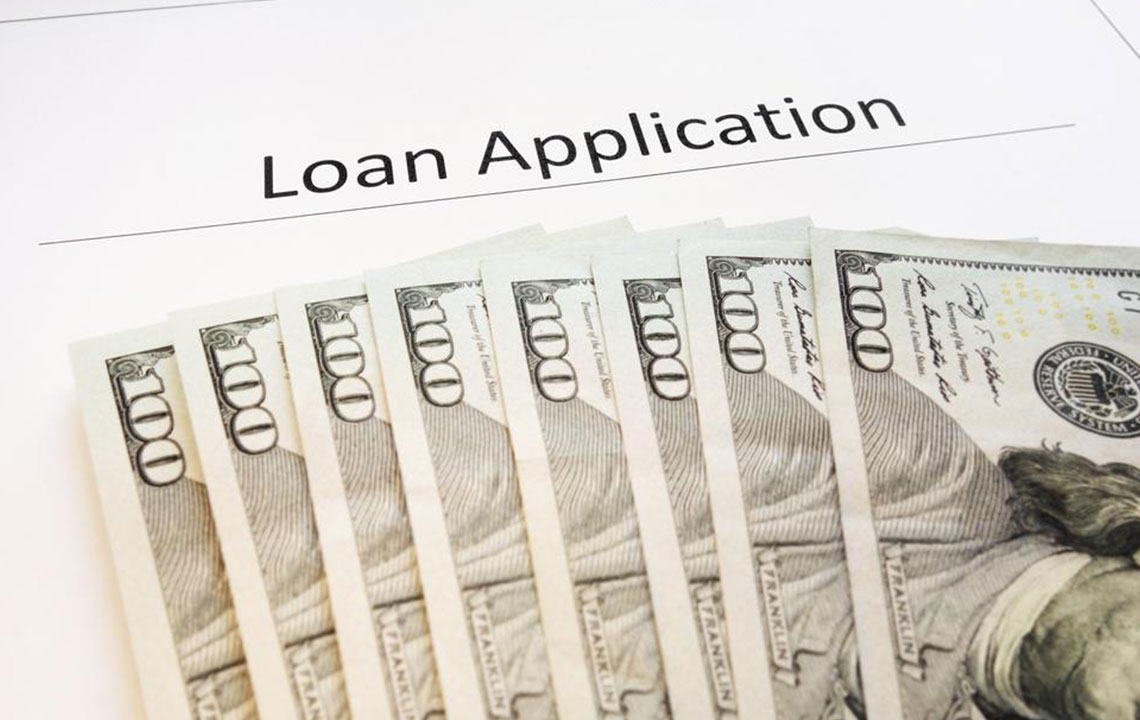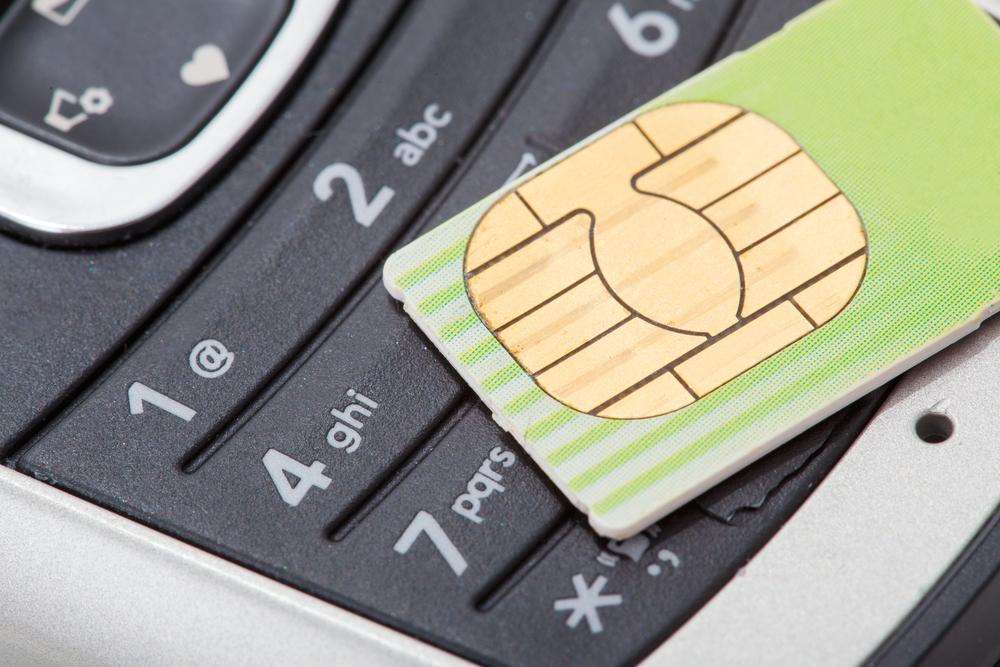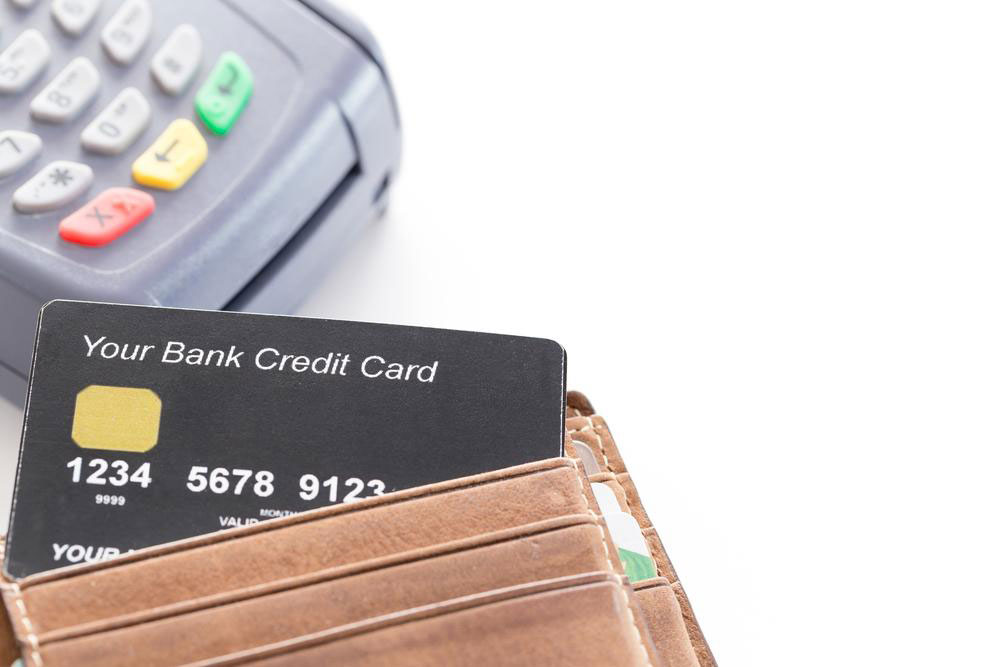Comprehensive Guide to Cash Advances on Credit Cards: Benefits, Costs, and Tips
This comprehensive guide explains everything you need to know about credit card cash advances, including how they work, their fees, interest implications, and best practices for responsible use. Learn how to minimize costs, avoid common pitfalls, and manage your finances effectively when using cash advances on your credit card.

Comprehensive Guide to Cash Advances on Credit Cards: Benefits, Costs, and Tips
If you own a credit card, chances are you've come across the term 'cash advance.' This feature allows cardholders to access cash quickly by borrowing against their credit limit. While convenient, understanding how cash advances work, their associated costs, and best practices can help you manage this feature effectively and avoid unexpected charges. This detailed guide covers everything you need to know about cash advances, including how to use them responsibly, potential fees, interest implications, and tips for minimizing costs.
Understanding Cash Advances: Essential Information
Cash advances let you withdraw money directly from your credit card account, often through ATMs, bank branches, or convenience stores. They are a useful financial tool in emergencies or when cash transactions are unavoidable, but they come with specific terms and conditions that can impact your finances significantly. Here's a comprehensive overview of what you need to know about cash advances:
First, the limit on your cash advance is typically lower than your overall credit limit. Your credit card issuer sets a maximum cash withdrawal amount, which depends on your creditworthiness and the specific terms of your agreement. To find your exact cash advance limit, review your credit card statement or contact your issuer directly. Keeping track of this limit helps prevent declined transactions and unnecessary fees.
Next, understand that cash advances are not free services. They usually incur an upfront fee, which is calculated as a percentage of the amount withdrawn or a flat fee, whichever is greater. Along with this, interest on cash advances begins accruing immediately—meaning there’s no grace period like with regular purchases. The interest rate applied to cash advances is usually higher than the standard purchase rate, making them a costly borrowing option if not used carefully.
It’s vital to read the terms and conditions of your credit card to comprehend all associated costs. These documents outline the fees, interest rates, and repayment policies related to cash advances. Payment priorities are also important; since cash advances accrue interest from the date of withdrawal, paying off the entire balance quickly can help minimize interest charges. Remember that making only minimum payments could lead to high interest costs over time.
Using ATMs for cash advances can also trigger additional fees imposed by the ATM operator, which adds to your costs. These charges are separate from your credit card issuer's fees and can significantly increase the total amount you owe. Therefore, consider alternative methods of cash withdrawal if possible, such as visiting a bank branch where more favorable options may be available.
Furthermore, it’s crucial to distinguish between your regular purchase balance and cash advance balance. Carrying both types of balances may lead to higher interest rates and greater repayment burdens. To avoid any unfavorable surprises, try to pay off cash advances as quickly as possible and only use this feature when necessary.
In summary, cash advances provide quick access to cash but come with higher costs and risks. Use them judiciously, always review your credit card’s specific terms, and aim to clear the balance promptly. Avoid using cash advances for routine expenses, and consider alternative financing options when possible to keep your finances healthy.
Stay updated with the latest credit card news and tips by following us on Facebook and Twitter. Proper management of your credit and investments can save you money and enhance your financial well-being.





